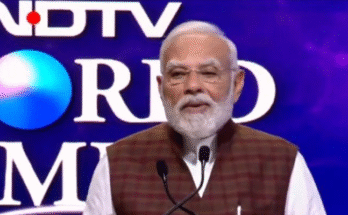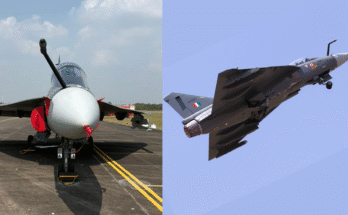New Delhi: The Indian Space Research Organisation (ISRO) has reached a significant milestone in its SpaDex programme, successfully bringing its Chaser and Target satellites within a 3-meter range in preparation for docking. This achievement marks a major step in the mission to test advanced satellite rendezvous and docking capabilities.
Under the SpaDex programme, the two satellites were carefully manoeuvred to a 3-meter distance before being moved back to a safer range for further analysis. ISRO shared images captured by onboard cameras on the satellites, offering a closer look at the mission’s progress. The space agency has emphasized that the docking process will only proceed after thorough examination of the data collected during this phase.
The critical sensors developed by ISRO for the mission are being meticulously calibrated and tested to ensure precision before the docking attempt. This delicate operation involves moving the satellites back and forth before the actual docking, referred to as a “handshake,” is executed.
Once successful, the two satellites will operate as a single spacecraft, with electrical power being transferred from one satellite to the other to confirm the docking’s success. After this, the satellites will be undocked and will resume functioning independently.
With this achievement, India is set to become the fourth country, following the United States, Russia, and China, to successfully complete such a feat. If the indigenous Bharatiya Docking System developed by ISRO proves successful, it will pave the way for future ambitious projects, including the proposed Bharatiya Antriksh Station and the Chandrayaan 4 mission, which aims to land an Indian spacecraft on the Moon and return with lunar samples.




